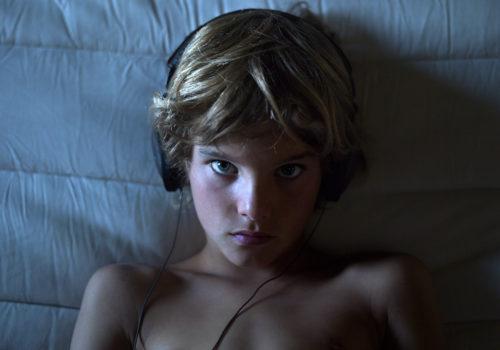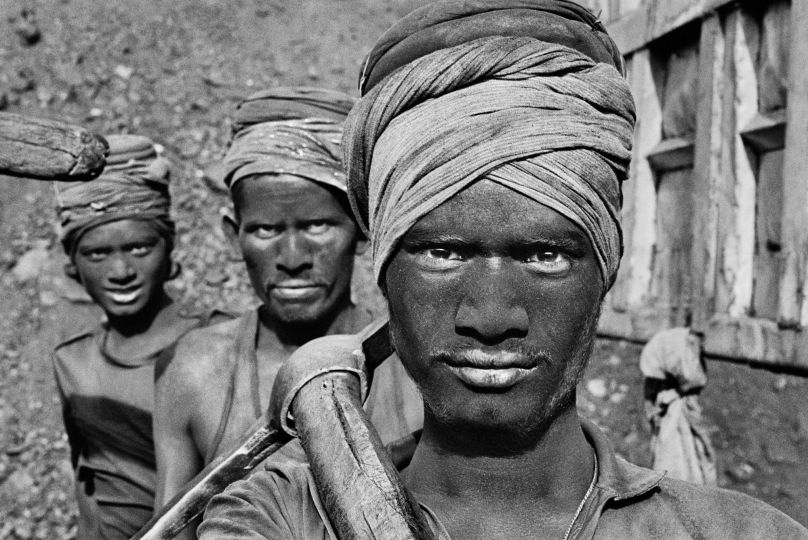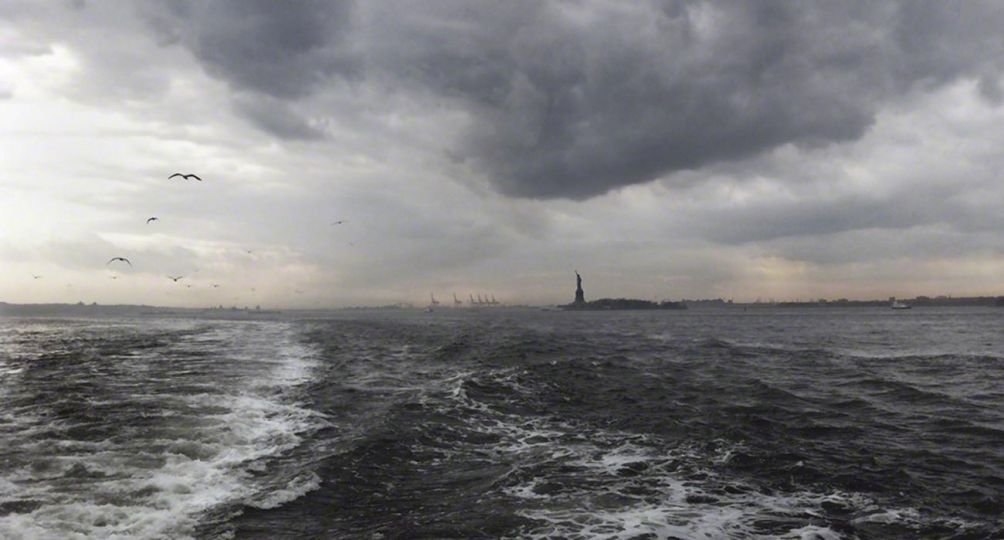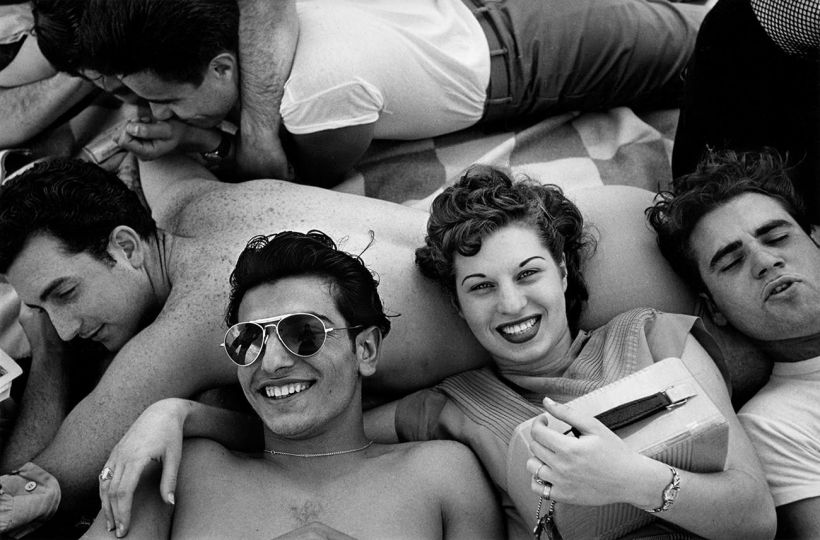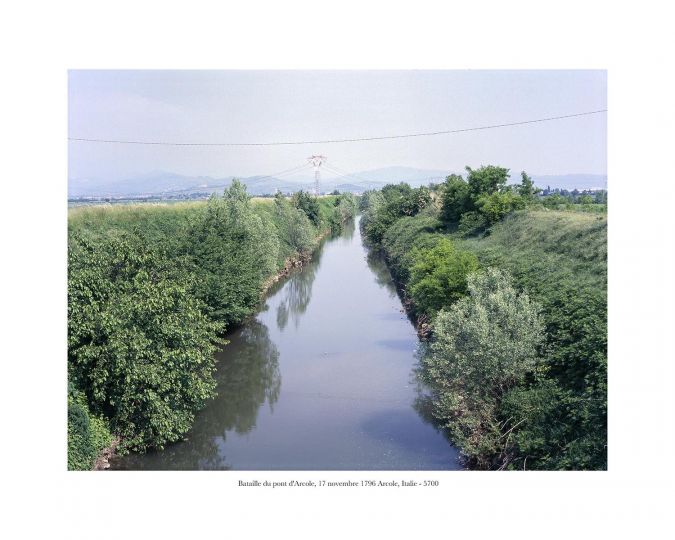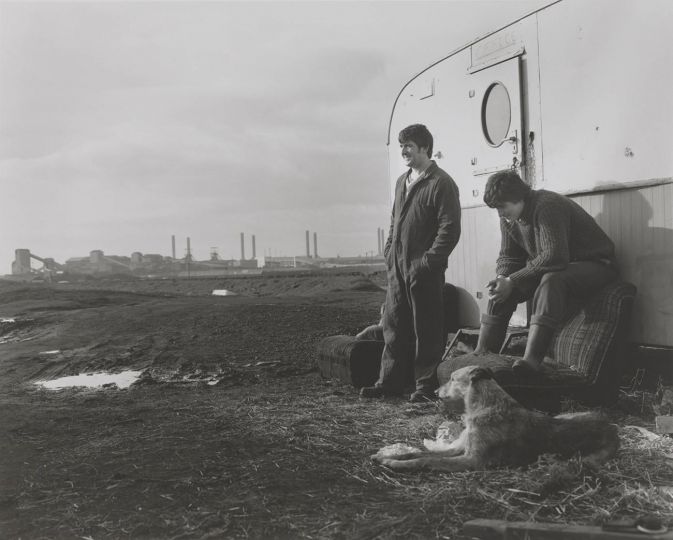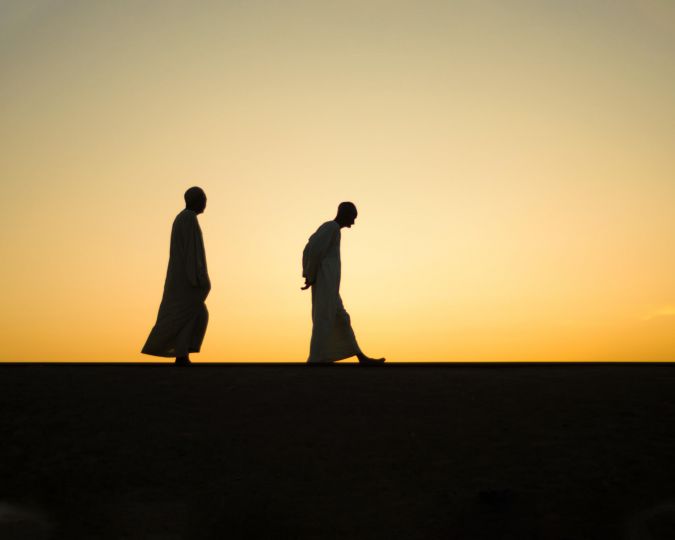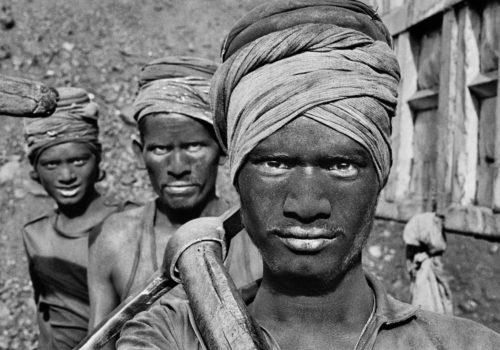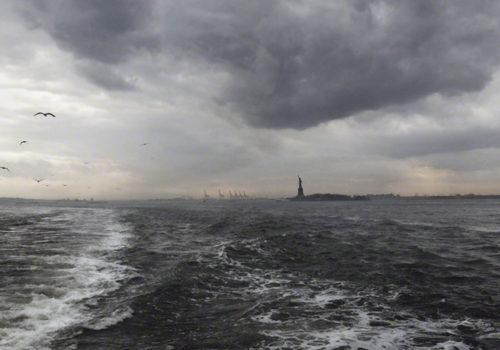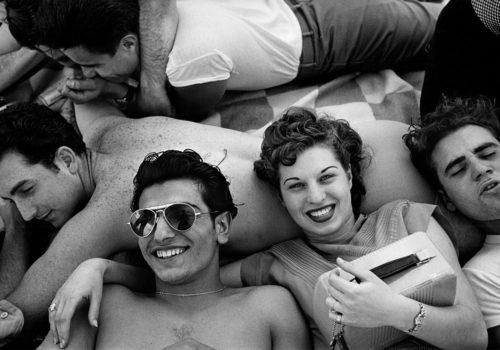Christophe Beauregard : Exploring Identities
Christophe Beauregard is recognized for his conceptual approach and exploration of contemporary identities through the lens of consumer society and media. Primarily working in portraiture, he stands out for his ability to question how individuals construct and present themselves in a world shaped by images and social norms.
Beauregard’s work lies at the intersection of art and documentary photography, with an approach that blends social critique with meticulous aesthetics. His photographs are often characterized by a rigorous staging, where every detail is carefully orchestrated to create an image that both provokes and unsettles. He explores themes such as appearance, the social mask, and identity construction, playing on the visual codes of advertising and media.
One of the most striking aspects of his work is how he uses portraiture to reveal internal contradictions and underlying tensions within his subjects. He is particularly interested in how individuals transform or disguise themselves to meet external expectations, whether they be beauty standards, gender roles, or professional demands. His photographs often highlight the artificiality of these constructions while bringing to light the vulnerability of subjects facing these pressures.
Christophe Beauregard has worked on several notable photographic series, some of which delve into specific societal phenomena, such as cosmetic surgery or professional coaching practices. His works are often featured in exhibitions and publications addressing societal issues, thereby contributing to a broader debate on identity and representation in the modern world.
Additionally, he regularly collaborates with cultural institutions, magazines, and brands, applying his unique vision to produce images that combine critical reflection with visual impact. His artistic approach has been praised for his ability to capture the complexity of the human condition in a context where the image plays a central role in self-construction.
Christophe Beauregard continues to explore the boundaries between the real and the fictional, using photography as a tool to question and deconstruct contemporary realities. His works, often intriguing and provocative, remain etched in the minds of viewers, inviting reflection on how we perceive ourselves and are perceived in today’s society.
Website : christophe-beauregard.com
Instagram: @christophebeauregard
News about him:
- “Absolus. Let’s Get High!” Published by Éditions Cinabre X Paul Ardenne, historian.
- “Questions de campagnes!” Featuring the series Magic Meuse, exhibited in the Pays de Montmédy. Exhibition open until September 22, 2024.
Your first photographic spark?
Christophe Beauregard: Landscape images.
The image maker who inspired you?
C.B.: August Sander.
The image you wish you had taken?
C.B.: There are many. But spontaneously, I think of a Jeff Wall image. It’s a staged scene with a man in a shooting position behind a car. It left a strong impression on me.
The one that moved you the most?
C.B.: A clown smoking a cigarette by Bruce Davidson.
And the one that made you angry?
C.B.: A photo by Kevin Carter taken in Sudan showing a severely malnourished child with a vulture in the background. It’s an image of unparalleled symbolic power that sparked much controversy because people said the photographer seemed to be waiting for the vulture to attack the child. That was not his intention; he simply wanted to document the famine in the region. The impact of this image was phenomenal, earning him a Pulitzer Prize but also harsh criticisms. Some called him a scavenger. He never recovered from it and committed suicide a few months later.
Which photo changed the world?
C.B.: There are two: The first is Neil Armstrong stepping onto the Moon, and then the photos, or rather all the photos, showing the attacks on the World Trade Center on September 11, 2001, especially the one of the man seen jumping from the building.
And which photo changed your world?
C.B.: A Diane Arbus image: Albino Sword Swallower at a Carnival.
What interests you most in an image?
C.B.: What it provokes in me.
What is the last photo you took?
C.B.: My son Hugo, the youngest one.
What makes a good photo?
C.B.: Strong composition and framing. Then, the way the image is constructed to evoke various sensations, whether physical, emotional, or otherwise.
And what makes a good photographer?
C.B.: His/Her perspective on things.
The person you would like or would have liked to photograph?
C.B.: Richard Prince.
By whom would you like or would have liked to be photographed?
C.B.: Richard Avedon.
An essential photo book?
C.B.: Magazine Work, the book compiling Diane Arbus’s press portraits. And, there is also another one that I particularly like: “Irving Penn Photographs a Donation in Memory of Lisa Fonssagrives-Penn.” This piece was gifted to me by Gilles Decamps, for whom I had the privilege to be assistant.
Your childhood camera?
C.B.: A Canon A20.
The one you use today?
C.B.: Hasselblad 503 CW.
An upcoming project that you hold dear?
C.B.: A residency in Ajaccio, Corsica next summer.
Your favorite indulgence?
C.B.: Portraits, pretzels, and red wine.
The best way for you to disconnect?
C.B.: Reading.
What is your relationship with the image?
C.B.: My relationship with images is closely tied to my father, who was an amateur photographer and taught me about framing.
An image for a new banknote?
C.B.: A rocket.
What question makes you lose your temper?
C.B.: It would be a statement that would hinder my freedom to think or act and that would make me lose my temper.
The place you never tire of?
C.B.: The sea.
Your biggest regret?
C.B.: Not having a house by the sea yet. And professionally, not having had an exhibition in a major photographic institution yet.
In terms of social media, are you more Instagram, Facebook, TikTok, or Snapchat, and why?
C.B.: Instagram, because I think it’s the only platform that truly showcases images.
Color or Black & White?
C.B.: Color.
Daylight or studio light?
C.B.: Both.
Which city do you find most photogenic?
C.B.: Rome.
If God existed, would you ask Him to pose for you or take a selfie with Him?
C.B.: A selfie.
If I could organize your ideal dinner, who would be at the table?
C.B.: My wife, the Director of the MEP (Maison Européenne de la Photographie), Richard Avedon, Diane Arbus, Simone Veil, Barack Obama.
The image that represents the current state of the world for you?
C.B.: An image that would simultaneously show the rise of extremism and individualism. It would undoubtedly be a very violent image.
If you had to start over?
C.B.: I would start my artistic work much earlier.
A final word?
C.B.: Matter.

